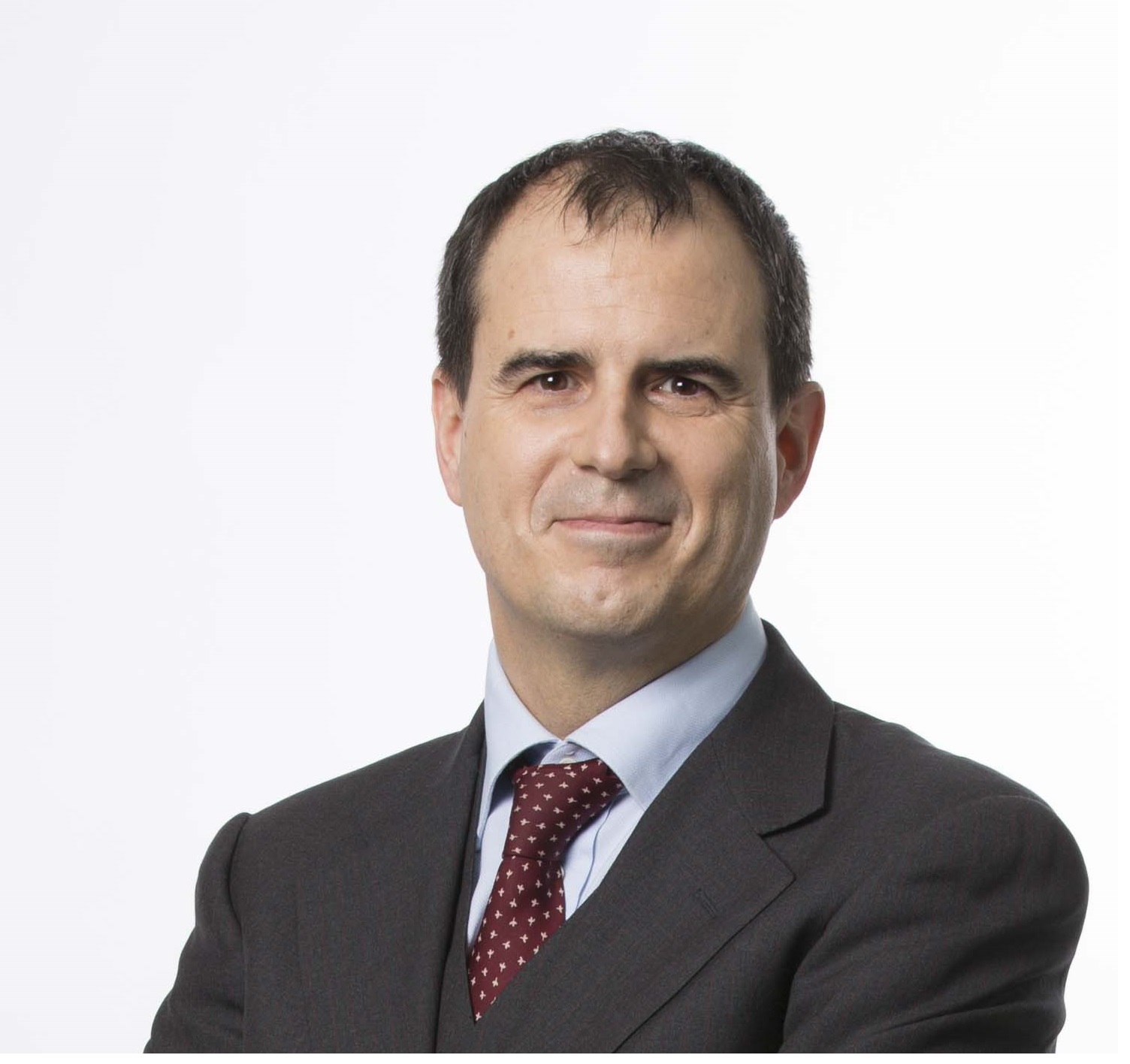In March, BNP Paribas announced that it had partnered with open banking payments platform, Token, to launch the first online payments service to combine SEPA Instant and PSD2 APIs.
BNP Paribas Instanea delivers account-to-account payment capabilities to increase the speed and security of transactions for merchants across Europe. It offers simple integration with popular shopping carts and payment gateways and eliminates risks such as chargeback since payments are authenticated by the customer in their banking portal.
“We have been working on this concept since 2019 and have tested it with a number of different use cases,” says Bovero. “Any solution that couples instant payments with PSD2 will accelerate innovation in the payments market.”
What BNP Paribas has discovered from talking to its corporate customers is that they have requirements in the B2C space but also for B2B payments. This means there is demand for a product based on instant payments and PSD2 where the total amount of the payment is large and cards are therefore not a suitable option.
According to Pein, open banking has provided a new payment experience for retail customers and encouraged innovation in the area of account aggregation. “In the retail world the use cases are numerous and obvious – merchants have been waiting for this kind of instant payment solution,” he says. “We are among the first banks to bring it to market and it is relevant not only to ecommerce but also physical point of sale.”
Any solution that couples instant payments with PSD2 will accelerate innovation in the payments market
Carlo Bovero, global head of cards and retail payments at BNP Paribas

In addition to offering Instanea to merchants with BNP Paribas accounts, it can also be used by payers who do not have an account with the bank. It is a secure and transparent, offers a standard user experience and is available regardless of which institution the payer banks with.
“Instanea is significant in the context of the wider European Payments Initiative (EPI) project,” says Bovero. “This product will address specific needs for customers, but the EPI will be a mass market payments solution and the real accelerator of instant payments in Europe. We need something different to really push instant payments in Europe and this is what the EPI will do.”
He acknowledges, however, that the development of open banking solutions for corporates is still at a relatively early stage. “We are seeing a lot of opportunity but we haven’t seen something really different until now. We are also discussing with potential partners the possibility of using our capacity to build some vertical platform solutions – there is not yet a solution in this market that could be described as completely disruptive.”
A contactless boom
Developing any technology solution takes time. In the meantime, certain methods of payment such as contactless payments have experienced tremendous growth across Europe, partly accelerated by the effects of the pandemic. For example, in January 2020, 38% of in-store payments made in France were contactless, and by the end of the year, that had risen to more than 60%.
“We have seen a real switch in the willingness of customers to use contactless, partly due to the pandemic but also due to the increase in the payment limit from €30 to €50,” says Pein. “Mobile payments will become increasingly influential over the next few years. The mobile device is becoming one of the preferred ways to pay, so the experience on ecommerce is vital and is becoming an important means of interaction between merchants and their customers.”
Despite the pandemic, the number of overall payment transactions was relatively unchanged last year compared to 2019. However, the percentage of contactless transactions rose by 10%-20% across most markets in Europe, says Bovero, who notes that some countries are considering increasing further the contactless payment limit.
Mobile payments will become increasingly influential over the next few years
Neil Pein, co-global head of Axepta BNP Paribas and head of payments transformation.

“We have already seen a sharp increase in usage in counties such as Poland, where 80% of transactions are now done this way,” he says. “In Belgium, the percentage of transactions made via contactless more than doubled last year. We have also seen a strong decrease in cash withdrawal worldwide as the pandemic has seen a decreased use of cash.”
Bovero explains that payment-as-a-service is a very important part of BNP Paribas’s strategic plan. “Our objective is to be an important player in the ‘uberisation’ of payments and we see a real benefit for our corporate clients who can build an end-to-end user experience,” he concludes. “We can offer them a digital platform that supports payments for many different types of services and products around, for example, the customer’s mobility journey.”





